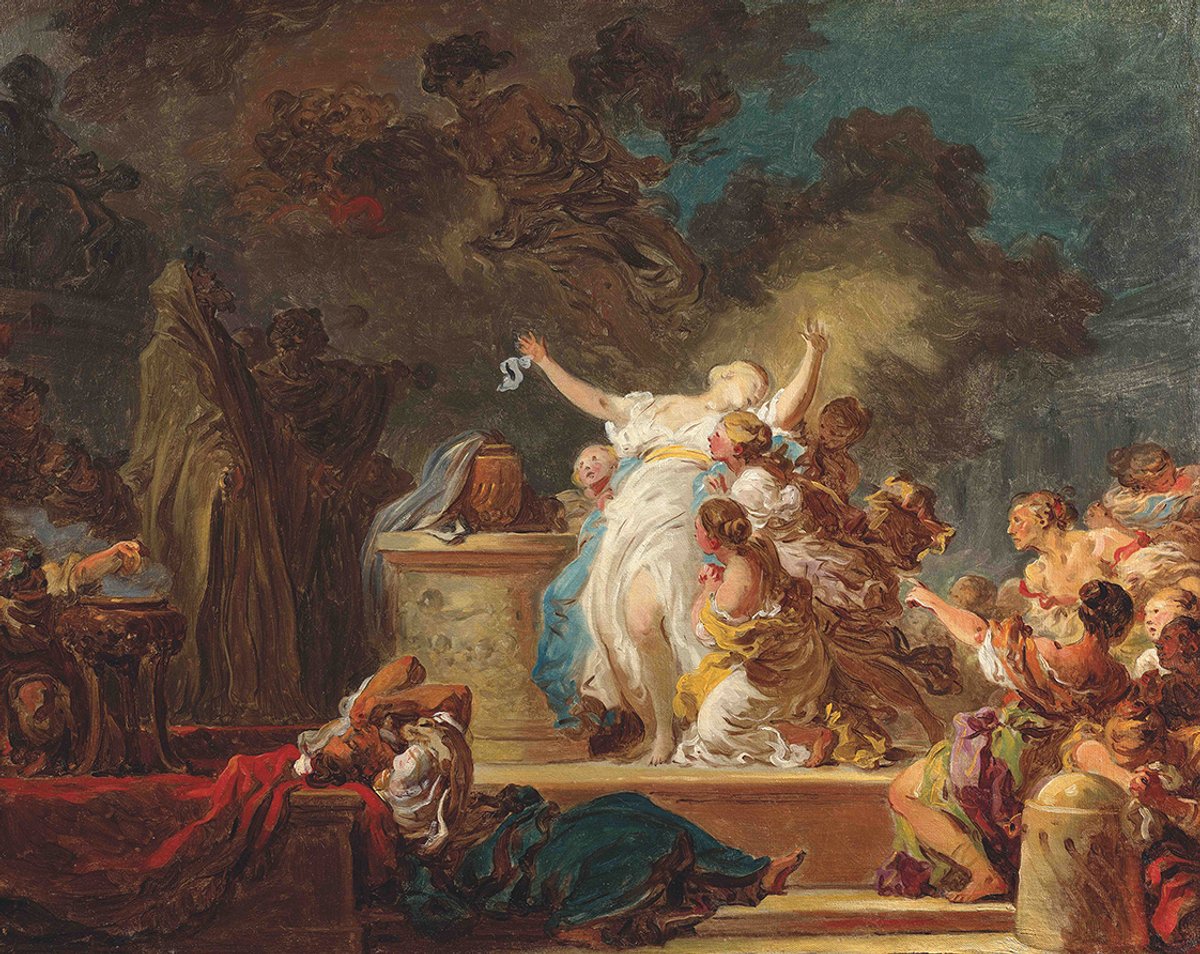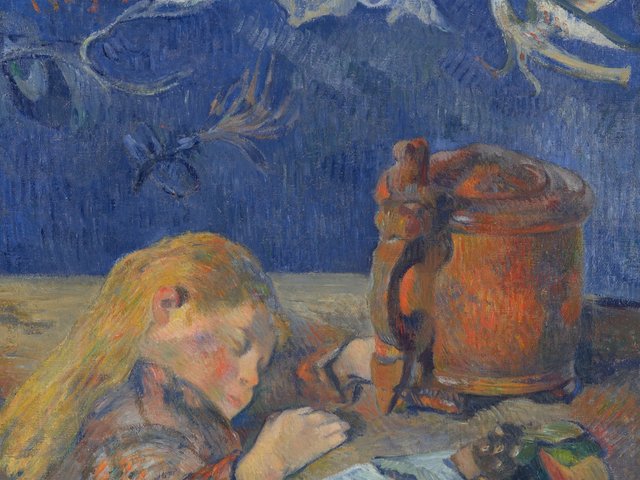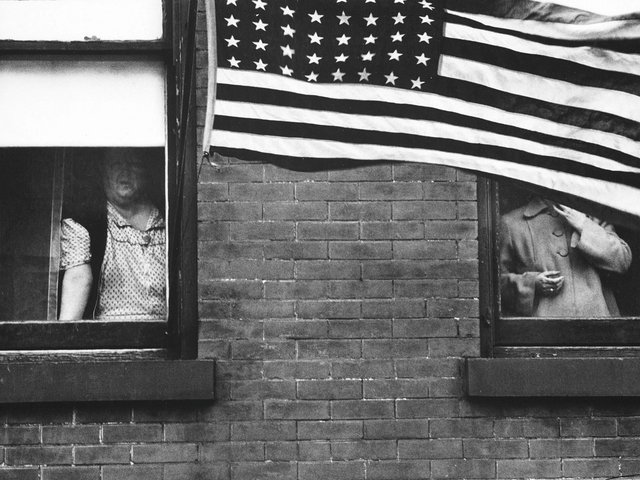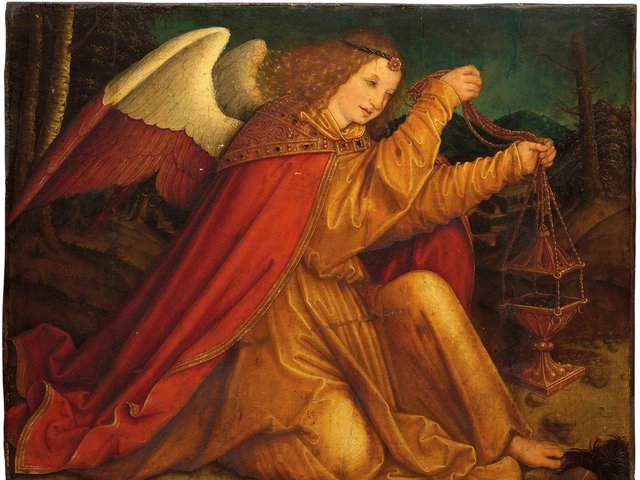Jean-Honoré Fragonard’s The Sacrifice to the Minotaur (around 1765)
Old Master and 19th-Century Art, Artcurial, Paris, 22 November
Estimate: €4m-€6m
Held in the same private collection for the past century, this large-scale oil painting by the 18th-century artist Jean-Honoré Fragonard depicts the Greek myth of the 14 young Cretan citizens who were chosen as sacrificial offerings to the half-human, half-bull Minotaur. The complex scene measures 72cm by 91 cm. Matthieu Fournier, an auctioneer and the associate director at Artcurial who specialises in Old Masters and 19th-century art, describes it as “extremely ambitious” and “a rarity in Fragonard’s body of work”. He adds: “The staging is theatrical, but many elements could be detached from the painting and read on their own. What is most remarkable and precious is the style of the work: treated as a sketch, spiritedly, with mad speed and yet perfect accuracy.”
Fournier says that the painting, despite being more than 250 years old, is in an excellent state of conservation. “All the impastos, which are Fragonard’s signature, are as voluptuous as on the first day. Retooled in the second half of the 19th century, nothing has been crushed and the painting has remained magically perfect,” he says. “A slight lightening of the recent varnish has restored all the splendour of Fragonard’s seductive colours.”
The painting was formerly owned by the French politician François Walferdin, and later by the fashion designer Jacques Doucet. A.D.
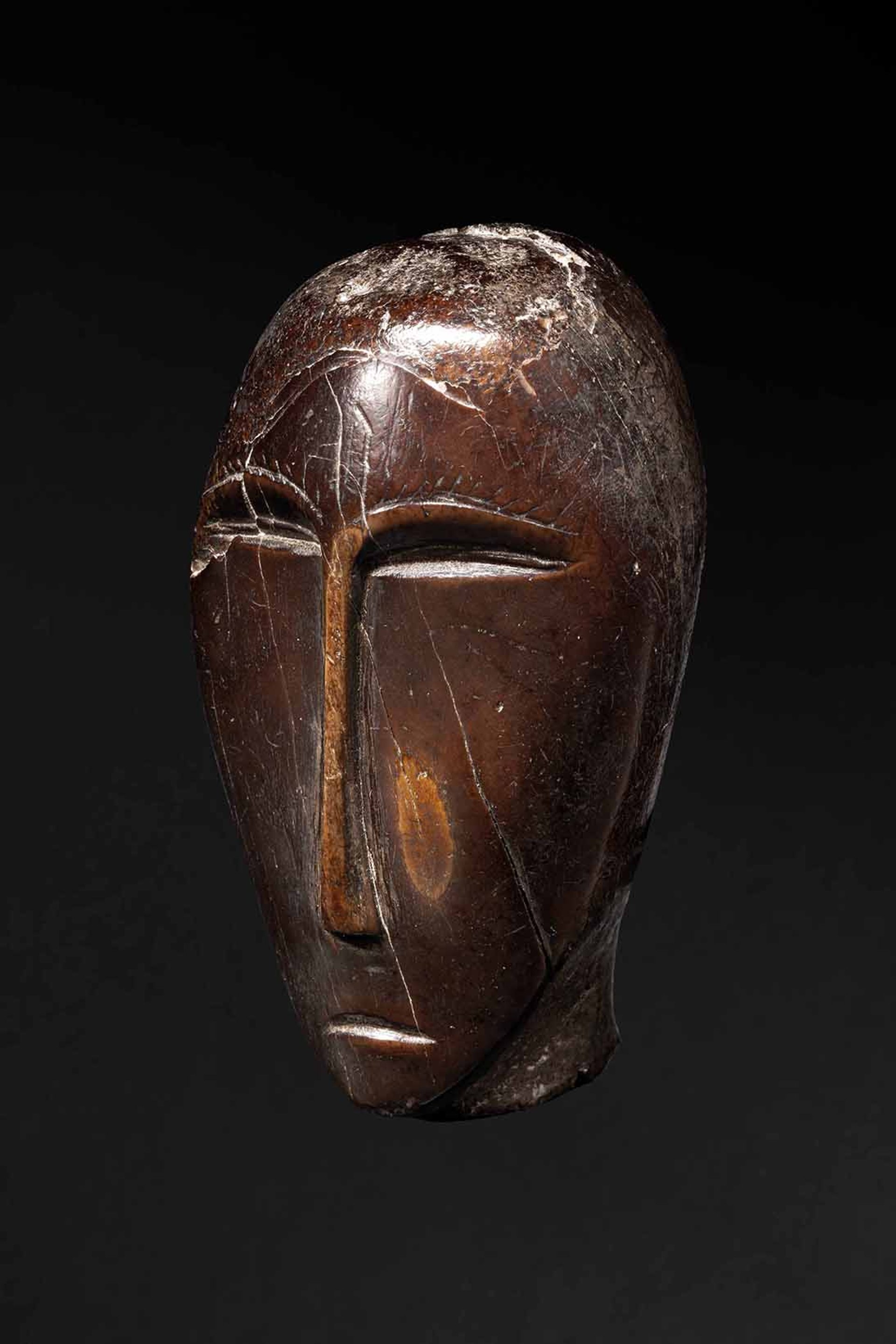
Large Okvik head, Punuk Island off St Lawrence Island, Alaska (around 200BC-AD100)
© Danielle Voirin
Large Okvik head, Punuk Island off St Lawrence Island, Alaska (around 200BC-AD100)
Shown by Galerie Flak at FAB Paris, Grand Palais Éphémère, Paris, 22-26 November
Estimate: in excess of €200,000
In 2012, on a tiny island between the coasts of Siberia and Alaska, an Inuit family discovered this 7.8cm-tall face buried in the ice. Carved from the partially fossilised tooth of a walrus, it dates back to Old Bering Sea culture (around 400BC-AD1300).
“According to a federal law in Alaska, archaeological items excavated or discovered on Inuit land belong to the lineal descendants or the tribes on whose lands the items were found,” says Julien Flak, who runs Galerie Flak—a Paris gallery specialising in ancient tribal arts from Africa, Oceania and North America—which is selling the piece at the Fine Arts Paris & La Biennale (FAB) fair. A crackdown on the ivory trade in recent years means that a permit would be required to export the object outside the European Union but, because the ivory is antique, it is permitted within the EU.
It is not clear what these heads were used for: historians’ theories include dolls used in fertility ceremonies, birthing amulets and totems to guard against the physical and spiritual dangers of the wilderness. Similar pieces can be found in the world’s leading ethnographic museums, including the Metropolitan Museum of Art in New York and the British Museum in London. “This head is exceptional for the cleanness of its lines, its size and the expressiveness of the features,” a press statement says, and its “long interment imparted a rich colouration with subtle variations and deep patina to the ivory”. A.D.

Ed Ruscha’s Securing the Last Letter (Boss) (1964)
Courtesy of Sotheby’s
Ed Ruscha’s Securing the Last Letter (Boss) (1964)
The Emily Fisher Landau Collection: An Era Defined, Sotheby’s, New York, 8 November
Estimate: $35m-$45m
The biggest auction sale of the season will be from the collection of the late Whitney Museum of American Art trustee Emily Fisher Landau and is expected to fetch more than $400m at Sotheby’s New York. Among the highlights is one of Ed Ruscha’s text paintings, with the word “BOSS” in large bubble letters with a C-clamp affixed to the last letter.
Fisher Landau assembled a major collection of the American artist’s work, and Ruscha himself described her as a “friend”, saying that while “some collectors would prefer not to meet the artist ... She’s different. She’s not afraid to know the artist personally”.
Securing the Last Letter (Boss) was included in major Ruscha exhibitions at the Whitney in New York and the Hayward Gallery in London. The market for Ruscha’s work may enjoy another bump in demand thanks to his current show at New York’s Museum of Modern Art, his most comprehensive retrospective to date. C.P.
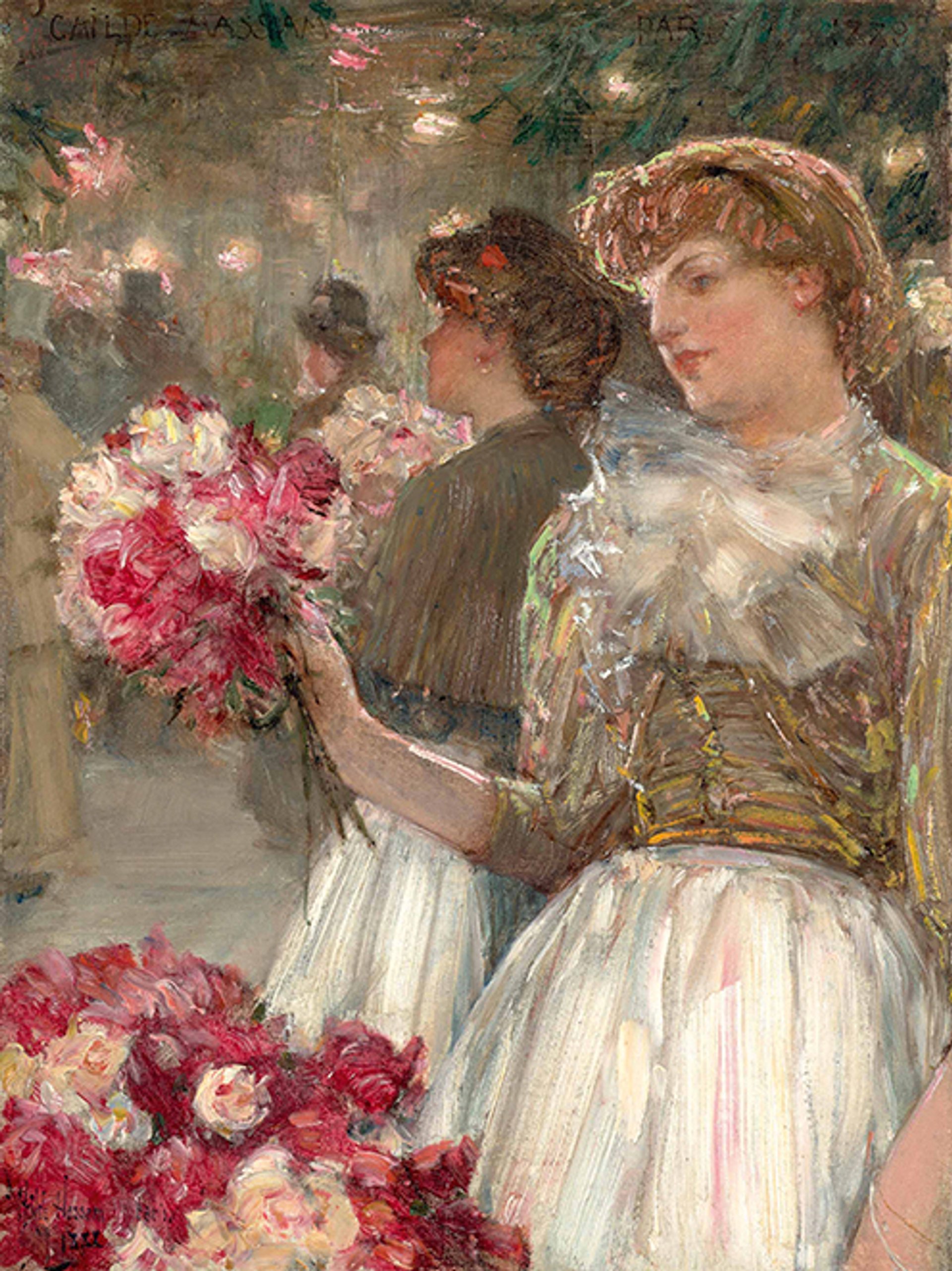
Childe Hassam’s The Peony Girl (around 1889)
Courtesy of Bonhams
Childe Hassam’s The Peony Girl (around 1889)
Barbara Walters: American Icon, Bonhams, New York, 6 November
Estimate: $1m-$1.5m
The Peony Girl, by the American artist Childe Hassam, hung in the front hallway of the broadcast journalist Barbara Walters’s New York apartment for years. The painting depicts a Parisian flower market that Walters visited in her 20s. She wrote in her 2008 memoir: “I remember walking to the flower market one beautiful, early morning and sitting on a bench, surrounded by bouquets of brilliant flowers and thinking, I’m happy. Utterly and completely happy.”
Walters purchased The Peony Girl nearly 40 years after this trip. But even before she displayed the painting in her home, it had made headlines, due toa high-profile ownership dispute in the early 20th century. According to Hassam, the painting had gone missing from his collection in 1903 during a move, only for him to rediscover it in a New York gallery in 1919. After multiple newspaper headlines about The Peony Girl’s twisted provenance, it appears the painting was returned to Hassam, according to Morgan Martin, the head of American Art at Bonhams. “It’s a very amusing anecdote that this newsworthy painting ended up being owned by arguably the most famous woman newscaster in history,” he says. C.P.


